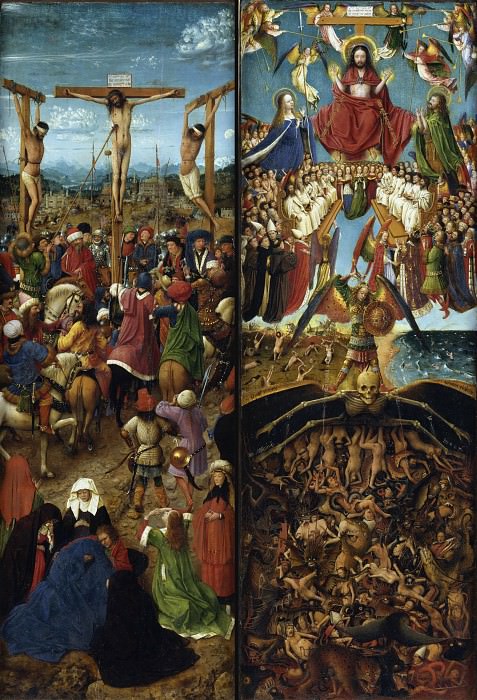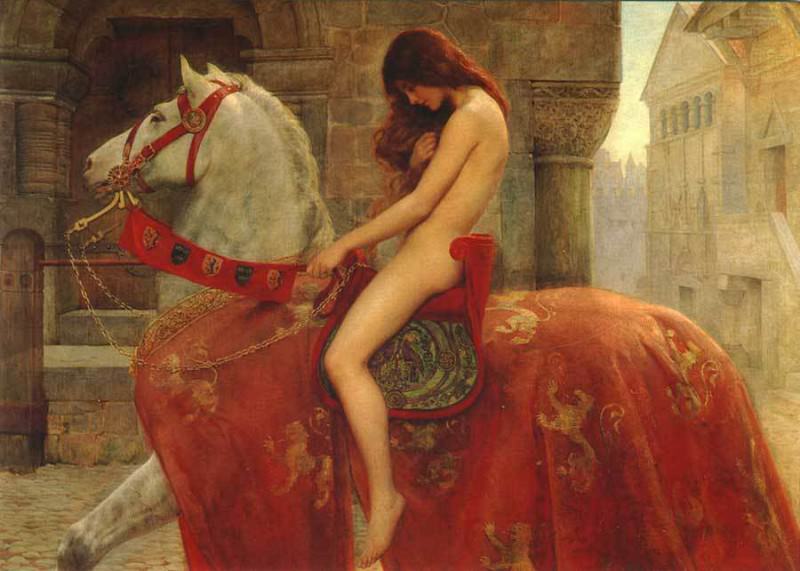The Fascinating World of Collage Art
Introduction to Collage Art
Collage art, an innovative and dynamic form of visual expression, has captured the imagination of artists and art enthusiasts alike. This unique art form involves assembling different materials, such as paper, fabric, photographs, and other objects, onto a surface to create a cohesive and often striking composition. The term "collage" derives from the French word "coller," meaning "to glue," reflecting the method by which these disparate elements are combined.
Historical Evolution of Collage Art
The origins of collage can be traced back to the early 20th century, with pioneering artists like Pablo Picasso and Georges Braque at the forefront. These avant-garde artists introduced collage as part of their Cubist experiments, incorporating newspapers, wallpaper, and other materials into their paintings. This radical departure from traditional art forms challenged the conventions of representation and expanded the possibilities of artistic creation.
As the 20th century progressed, collage art continued to evolve. The Dada movement, with its anti-establishment ethos, embraced collage to critique contemporary society and politics. Artists like Hannah Höch and Kurt Schwitters used photomontage and assemblage techniques to create provocative works that questioned the status quo. Similarly, Surrealists like Max Ernst employed collage to explore the unconscious mind, creating dreamlike compositions that defied logic and reason.
Techniques and Materials in Collage Art
Collage art is characterized by its versatility and adaptability, with artists employing a wide range of techniques and materials to achieve their desired effects. Traditional collage techniques include cutting, tearing, and layering paper and other materials to create texture and depth. Contemporary artists often incorporate digital tools, blending traditional methods with modern technology to produce innovative works.
Materials used in collage are as varied as the techniques. Common materials include newspapers, magazines, photographs, fabric, found objects, and natural elements like leaves and flowers. Artists may also use paint, ink, and other mediums to enhance their collages, adding another layer of complexity and richness to their compositions.
Collage Art in the Modern Era
In the modern era, collage art has gained widespread recognition and appreciation, both within the art world and among the general public. Contemporary artists continue to push the boundaries of collage, experimenting with new materials and techniques to create groundbreaking works. The advent of digital technology has further expanded the possibilities of collage, allowing artists to manipulate images and materials in ways that were previously unimaginable.
Collage art has also found a place in popular culture, influencing design, fashion, and advertising. The DIY ethos of collage resonates with a wide audience, encouraging creativity and self-expression. Artists like Robert Rauschenberg, Romare Bearden, and Kara Walker have brought collage to new heights, each with their unique approach and vision.
The Impact of Collage Art
The impact of collage art extends beyond the confines of traditional art forms. It challenges viewers to reconsider notions of originality and authenticity, prompting questions about the nature of art itself. By juxtaposing disparate elements, collage creates new meanings and narratives, inviting viewers to engage with the work on multiple levels.
Collage art also serves as a powerful tool for social and political commentary. Artists use collage to address issues such as identity, race, gender, and politics, creating works that resonate with contemporary audiences. The ability to combine diverse materials and imagery allows for a rich and nuanced exploration of complex themes.
Notable Collage Artists
Several notable artists have made significant contributions to the field of collage art. Pablo Picasso and Georges Braque are often credited with the invention of collage within the Cubist movement. Their innovative use of everyday materials revolutionized the art world and laid the foundation for future developments in collage.
Hannah Höch, a key figure in the Dada movement, used photomontage to critique gender roles and societal norms. Her work challenged traditional notions of beauty and femininity, offering a radical reimagining of women's place in society. Kurt Schwitters, another Dadaist, created intricate assemblages from found objects, exploring the relationship between art and everyday life.
In the mid-20th century, artists like Robert Rauschenberg and Romare Bearden expanded the possibilities of collage. Rauschenberg's "combines" integrated painting, sculpture, and collage, blurring the boundaries between different art forms. Bearden's vibrant collages celebrated African American culture and history, using fragments of photographs, magazine clippings, and fabric to create powerful visual narratives.
Collage Art in Contemporary Practice
Contemporary artists continue to explore and expand the possibilities of collage art. Kara Walker's silhouettes and installations address themes of race, gender, and history, using collage to create provocative and thought-provoking works. Vik Muniz uses unconventional materials like chocolate syrup and garbage to create intricate collages that challenge perceptions of value and beauty.
Digital technology has also opened new avenues for collage artists. Digital collage allows for the manipulation of images and materials in ways that were previously impossible, offering endless possibilities for creative expression. Artists like Eduardo Recife and Eugenia Loli combine digital and traditional techniques to create surreal and visually stunning works.
The Future of Collage Art
The future of collage art is bright, with artists continuing to push the boundaries of what is possible. As technology advances, new tools and techniques will emerge, offering even greater opportunities for innovation. Collage art's inherent adaptability and versatility ensure its continued relevance and appeal.
Moreover, the democratization of art through social media and digital platforms has made collage art more accessible than ever. Artists can share their work with a global audience, fostering a vibrant and diverse community of creators. This accessibility encourages experimentation and collaboration, further enriching the field of collage art.
Conclusion
Collage art, with its rich history and boundless potential, remains a vital and dynamic form of artistic expression. From its early 20th-century origins to its contemporary manifestations, collage continues to captivate and inspire. Its ability to combine disparate elements into a cohesive whole reflects the complexity and diversity of the human experience, offering endless possibilities for creativity and self-expression.
As artists continue to explore and innovate, collage art will undoubtedly evolve, embracing new materials, techniques, and technologies. Whether through traditional methods or digital experimentation, the spirit of collage endures, inviting us to see the world through a lens of creativity and imagination.




